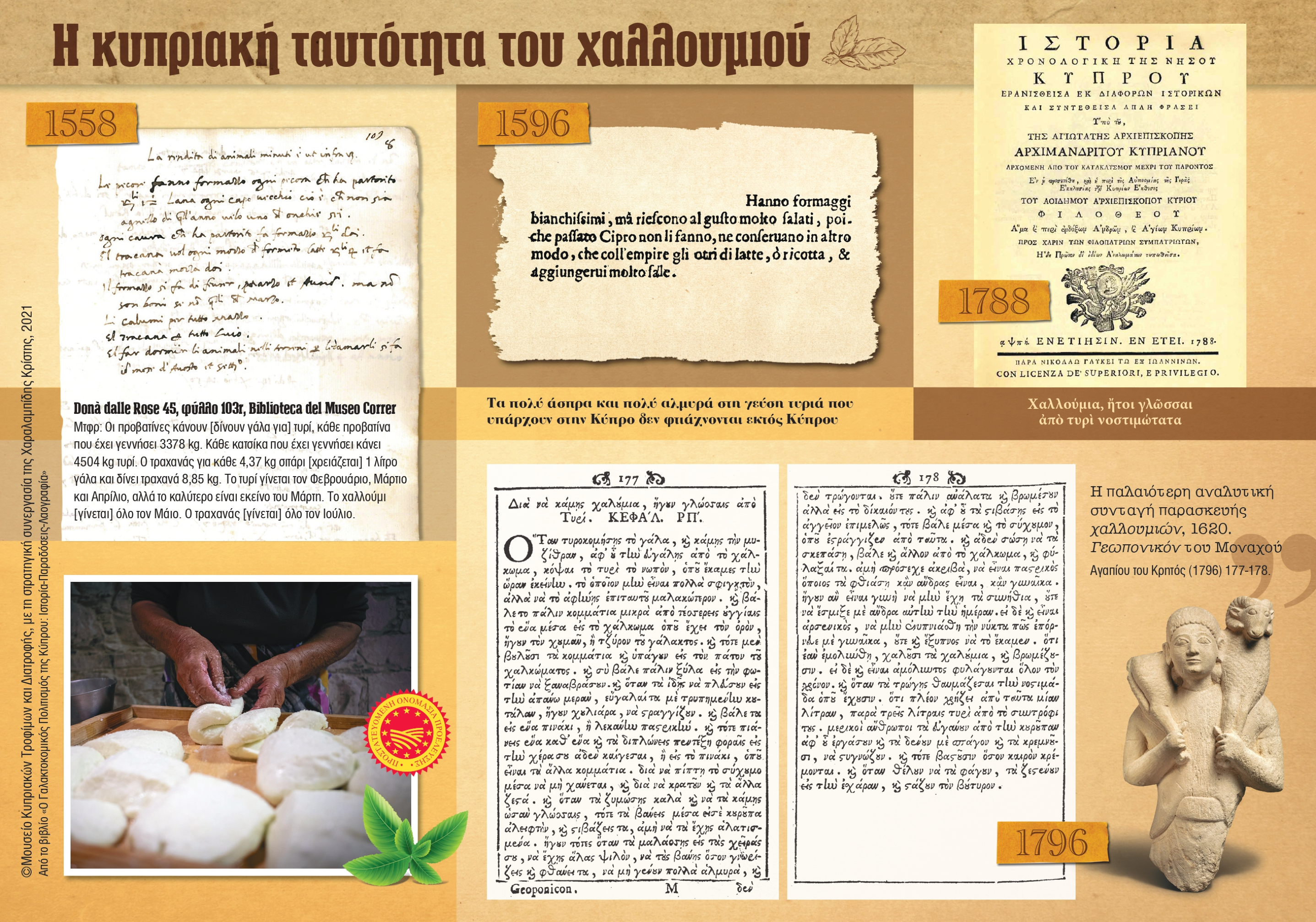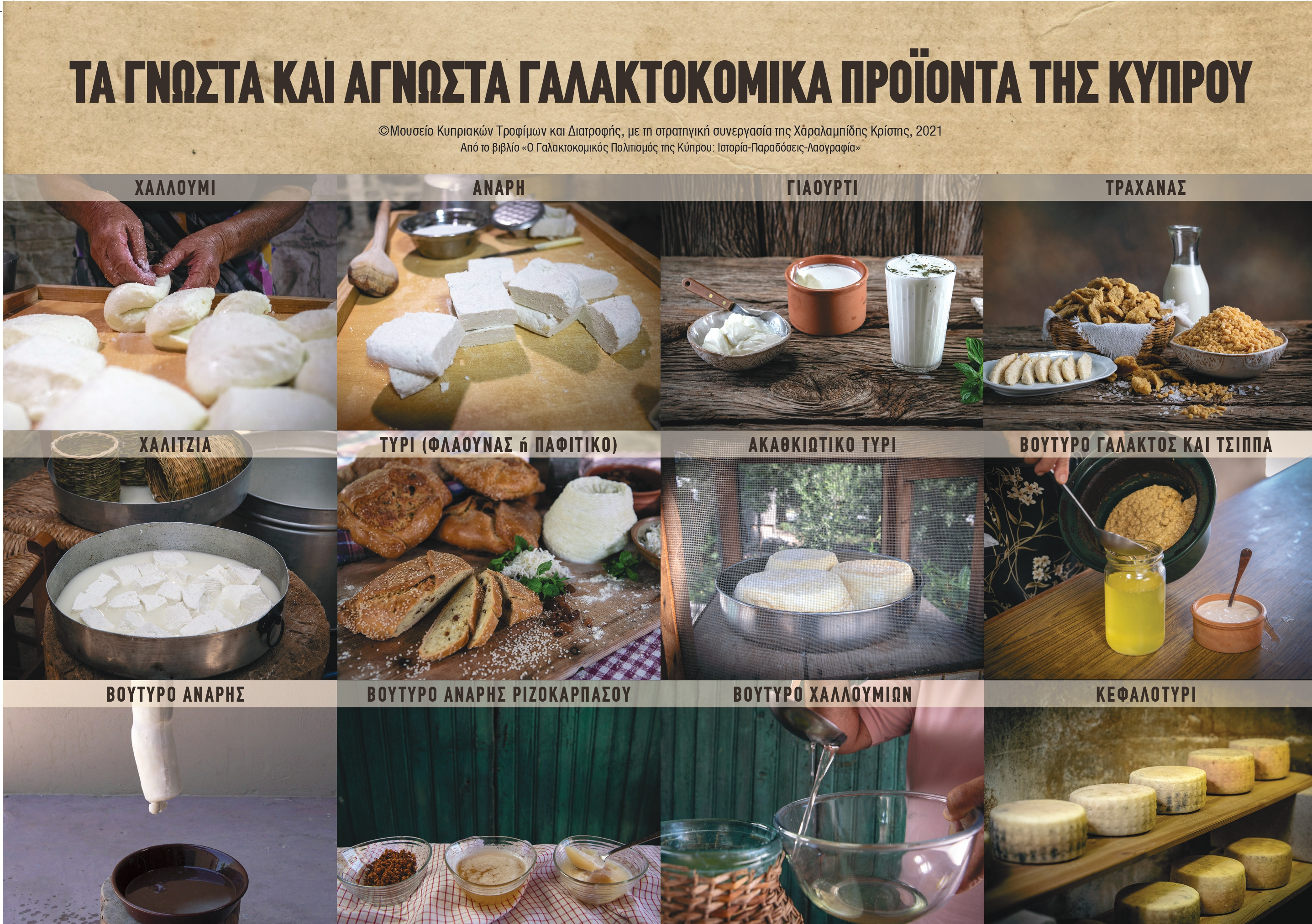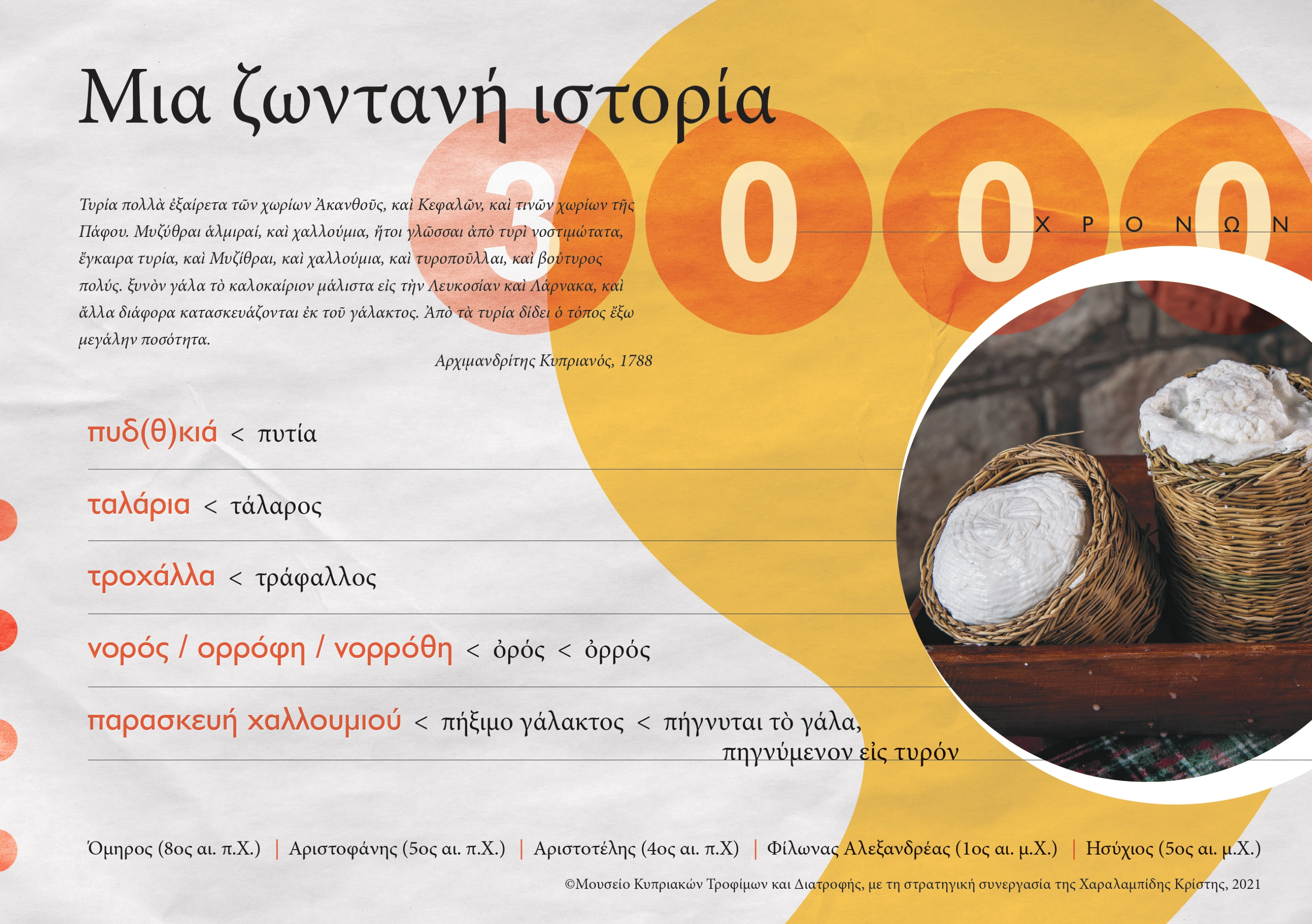The Historical Journey of Dairy Products!
The dairy tradition of Cyprus through history, archaeology, folklore, and church life. A 251-page publication with rich photographic material.
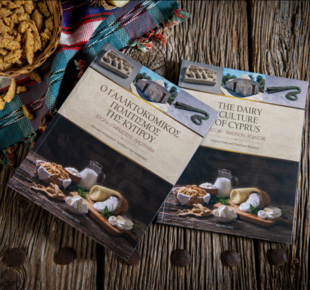
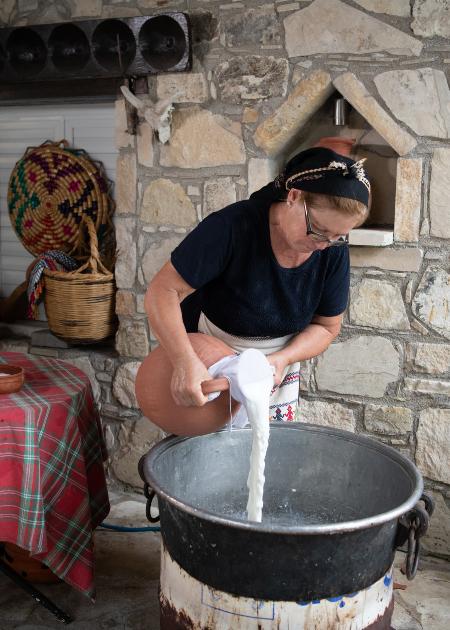
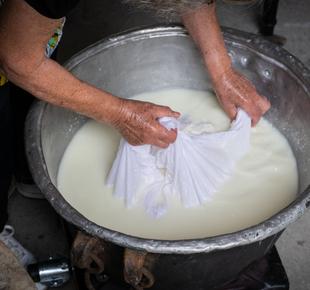
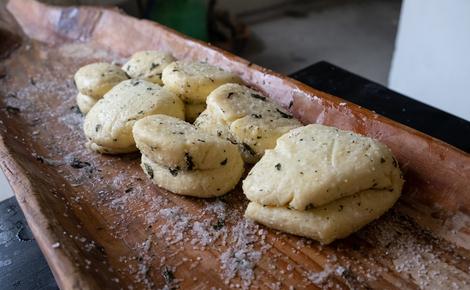
The Dairy Culture of Cyprus: From the Metropolitan Museum of New York to Michail Kkasialos
With the strategic partnership of Charalambides Christis
June 14, 2021
Dairy products of Cyprus, and especially halloumi, are considered foods that define our identity as a people. They have their own hidden history, which has marked the history of the island through the centuries.
The Cyprus Food and Nutrition Museum announces the release of the publication: "The Dairy Culture of Cyprus: History–Traditions–Folklore." This volume is co-published with the company Charalambides Christis.
The book is organized into six chapters presenting:
- The methods that contributed to the identification of milk and its derivatives, with a special focus on prehistoric Cyprus
- Aspects of traditional pastoral life: daily life, occupations, attire, and musical instruments of the shepherds
- Related folklore: proverbs, popular sayings, superstitions and beliefs, customs of Christian festivals, myths, fairy tales, traditions, and folk remedies
- Cypriot handwritten liturgical sources related to the Orthodox Church
The revised version of the application approved by the National UNESCO Committee for the inscription of Cypriot dairy products as part of Cyprus’ intangible cultural heritage. Detailed references are made to the history, production processes, and quality characteristics of all Cypriot dairy products (halloumi, anari, flaouna cheese, yogurt, trachanas, khalitsia, Akakiotikon cheese, butter from milk, halloumi butter, anari butter, kefalotyri, tyropoulles).
Through the 252 pages of this volume, a panoramic view of the most essential dimension of the island’s dairy culture is depicted — its penetration, through the centuries, into nearly every aspect of Cypriot life: life’s milestones, religious celebrations, the cycle of the year, visual and literary arts. Therefore, it substantiates the Cypriot identity of these products, rooted in ancient Greek Cyprus.
The texts are enriched with abundant photographic material—over 100 high-quality photos. These include archaeological finds from prehistoric and ancient times, Byzantine-era frescoes (15th century), portable Byzantine icons, ecclesiastical and other manuscripts from the 14th, 16th, and 17th centuries, excerpts from a 16th-century travelogue manuscript, artworks, and functional utensils from the 19th century. There is also extensive photographic documentation of all dairy product types, their traditional preparation methods, and pastoral life.
It is worth noting that the earliest written reference to Cypriot cheeses comes from antiquity and appears in Lucian’s works (2nd century AD), suggesting that these were well-known local products:
“O blessed one who will have you, O Dorian; for you will carry onions from Cyprus and cheese when you sail from Gythium.” (14.4)
Regarding halloumi specifically, among the many references in the book, the following stand out:
- The oldest written recipe for halloumi dates back to the 17th century and is written in Greek.
- The Venetian document containing the earliest written mention of halloumi dates to 1558, 13 years before the Ottoman conquest of Cyprus.
- In a travelogue published in 1656, based on a journey undertaken in 1596, it is noted that the very white and very salty cheeses found in Cyprus are not made anywhere else outside Cyprus.
- Two written sources from the 17th century in the Greek language mention halloumi, also referring to it as “cheese tongues.”
- The words pydkia, noros, trochalla, piximon tou galaktos, talarka, which relate to the methods and process of making halloumi, are words with ancient Greek roots, preserved almost unchanged in traditional Cypriot dairy farming.
It is a fortunate circumstance that the present publication is prefaced by four Ministers: Agriculture, Rural Development and Environment; Energy, Commerce, Industry and Tourism; Foreign Affairs; and Education, Culture, Sports and Youth. We deeply appreciate and thank these four Ministries, and especially the Ministers themselves, for their tangible support. This fact demonstrates recognition of the value of this collective volume and highlights the importance the state attaches to supporting and promoting the dairy production sector. At the same time, the official state becomes a partner in honoring the people of Cyprus who preserved and handed down this special knowledge. We also warmly thank the National UNESCO Committee and its President, Dr. Loukia Hadjigavriel, for her greeting.
This publication is expected to be utilized both to promote and protect Cypriot dairy products, particularly halloumi—given that it coincides with its approval as a PDO product—and to promote Cyprus itself. Special thanks are extended to Mr. Alexis Charalambides, Chairman of the Board of Charalambides Christis, both for writing the preface and for his personal, decisive contribution to our vision and work. This deluxe edition would not have been possible without the strategic partnership of Charalambides Christis. The company shows its concrete support for preserving and promoting the dairy culture of Cyprus and, with this effort, honors the people of Cyprus who support it by passing on this intangible cultural heritage as a legacy for future generations—a part of their historical identity and homeland.
The five main authors are researchers and academics, while the editorial oversight of the books was handled by academics Maria Pavlou (Greek edition) and Lisa Suhair Majaj (English edition).
This book is expected to be an essential tool for those professionally or amateurly involved in dairy farming, for those promoting Cyprus, and for anyone interested in the history, folk culture, and traditions of the island.
The contribution of both official bodies and citizens to promoting our dairy culture abroad through this publication is crucial to maintaining and increasing halloumi exports and supporting the country’s economy. Let us all become ambassadors of our dairy culture!
The Cyprus Food and Nutrition Museum expresses warm thanks to the authors and all contributors listed by name in the book. Special thanks to the sponsors: the Cultural Services of the Ministry of Education, the Minister of Agriculture, Rural Development and Environment, and the Minister of Energy, Commerce, Industry and Tourism.
The Cyprus Food and Nutrition Museum is a nonprofit organization dedicated to the study, preservation, and promotion of traditional Cypriot cuisine.
Where can you find it?
This luxurious edition is an elegant book, rich in content and very affordable, making it an excellent tasteful personal gift.
It is sold for 15 euros at the following bookstores and museums:
NICOSIA: Soloneion, ELLAS, AGROTIS, MAM, PARGA (Strovolos, Latsia, Aglantzia), MOUFFLON, Philippides PaperWorks
LIMASSOL: KP KYRIAKOU, KYRIAKOU BOOKSHOPS
LARNACA: PARGA, ACADEMIC & GENERAL BOOKSHOP
PAPHOS: PARGA, KYRIAKOU FULLPAGE BOOKSTORE
ATHIENOU: KALLINIKIO MUSEUM
FRENAROS: HATZIGIORGIS MILLS MUSEUM
Especially for companies interested in offering a special commemorative gift to distinguished clients and partners in Cyprus and abroad, it can be obtained at a special price for bulk orders.
Online orders: https://videos.cyprusfoodmuseum.com/product-category/vivlia/
